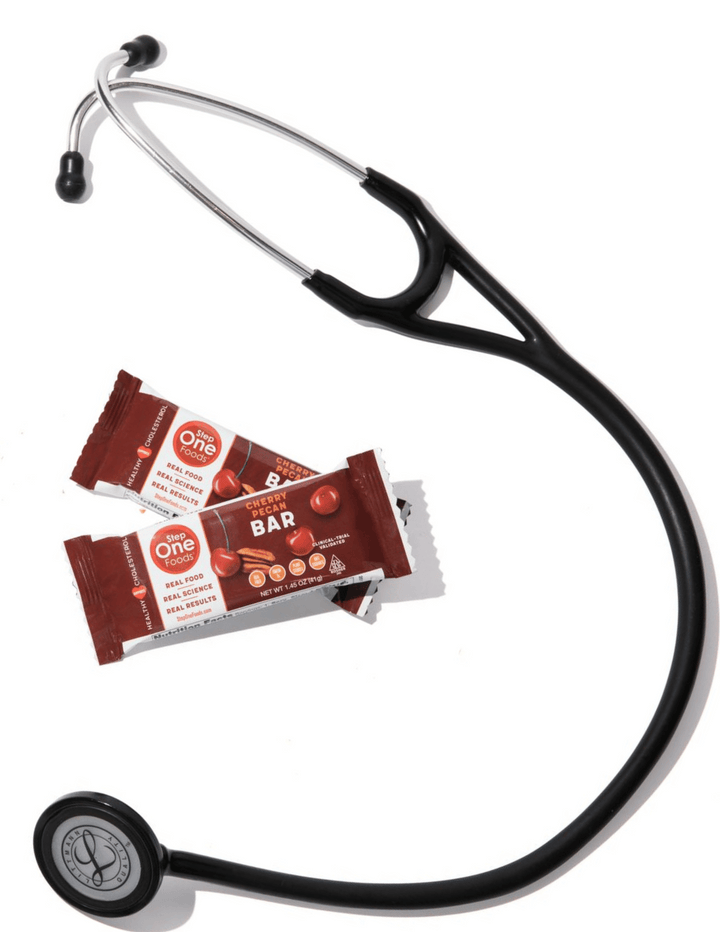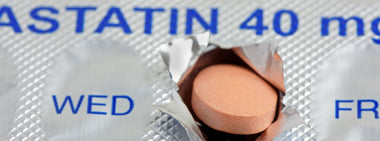Could You Have Heart Disease? Just Look in the Mirror. (Part Two)

In the first part of this blog series, we discussed five clues that could indicate heart disease. Now, we’ll look at the last four clues that could also signal that something may not be right with your heart.
Clue #6: Corneal Arcus (COR-neel AHR-kuhs)
A whitish ring around the iris, known as corneal arcus, can be caused by cholesterol deposits. This is often a sign of elevated cholesterol levels in individuals younger than 50. As people age, corneal arcus becomes more common and less specific as a marker of high cholesterol or heart disease risk.
Clue #7: Eruptive Xanthoma (zan-THO-mah)
Eruptive xanthoma presents suddenly as crops of small, pink bumps with creamy centers on the skin. These may appear on the hands, feet, arms, legs, and buttocks and are sometimes itchy. This condition is linked to high triglyceride levels, as can be seen with uncontrolled diabetes. The rash typically disappears when the underlying condition is treated and blood sugar levels come under control.

Clue #8: Receding Hairline
While receding hairlines and bald spots are commonly seen as part of aging in men, studies have found a correlation between these hair changes and an increased risk of heart disease, even after accounting for age and traditional risk factors. If you notice this change, it may be worth discussing your heart health with a physician.

Clue #9: Abdominal Obesity
Excessive fat in the abdomen, unlike fat under the skin, has been shown to be particularly harmful to health. Abdominal fat releases various metabolic compounds that travel directly to the liver, impairing the regulation of blood sugar and cholesterol by that organ. Numerous studies link excessive abdominal fat with a higher risk of cardiovascular disease.

|
Interpreting your waist circumference – measure at the belly button |
||
|
Men |
Women |
|
|
Low risk |
37 inches and below |
31.5 inches and below |
|
Intermediate risk |
37.1–39.9 inches |
31.6–34.9 inches |
|
High risk |
40 inches and above |
35 inches and above |
Source: Harvard Health
Don’t Panic, But Take Action
If you recognize one or more of these physical signs, don’t panic. Instead, schedule an appointment with your primary care physician to discuss your observations and consider any necessary tests.
In the meantime, know that Step One Foods can help. Our foods are designed to lower cholesterol, promote healthy blood sugar levels, and assist with weight management, making it easier to take control of your heart health.

Tested & Proven Results.
- Cardiologist formulated
- Supported by over 500 publications
- Clinically-proven, in a double-blind randomized trial with Mayo Clinic and The University of Manitoba
80% of participants lowered their cholesterol in just 30 days. With just two servings per day, Step One Foods offers a proven-effective way to naturally lower LDL (bad) cholesterol.
Get heart health tips and articles like this, delivered right to your email.
New articles every week.
You may also like...

Insulin Resistance, Prediabetes and Type 2 Diabetes. Part 4: Un-Doing It.

You don’t need to avoid foods with cholesterol…except for these



